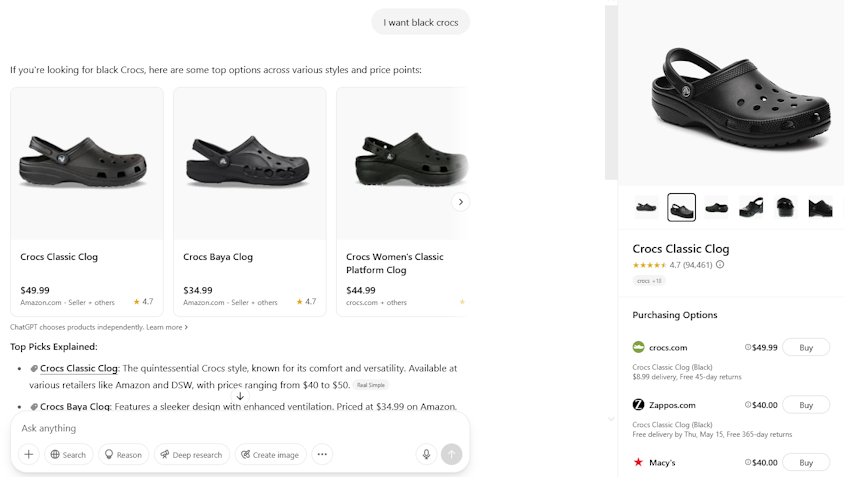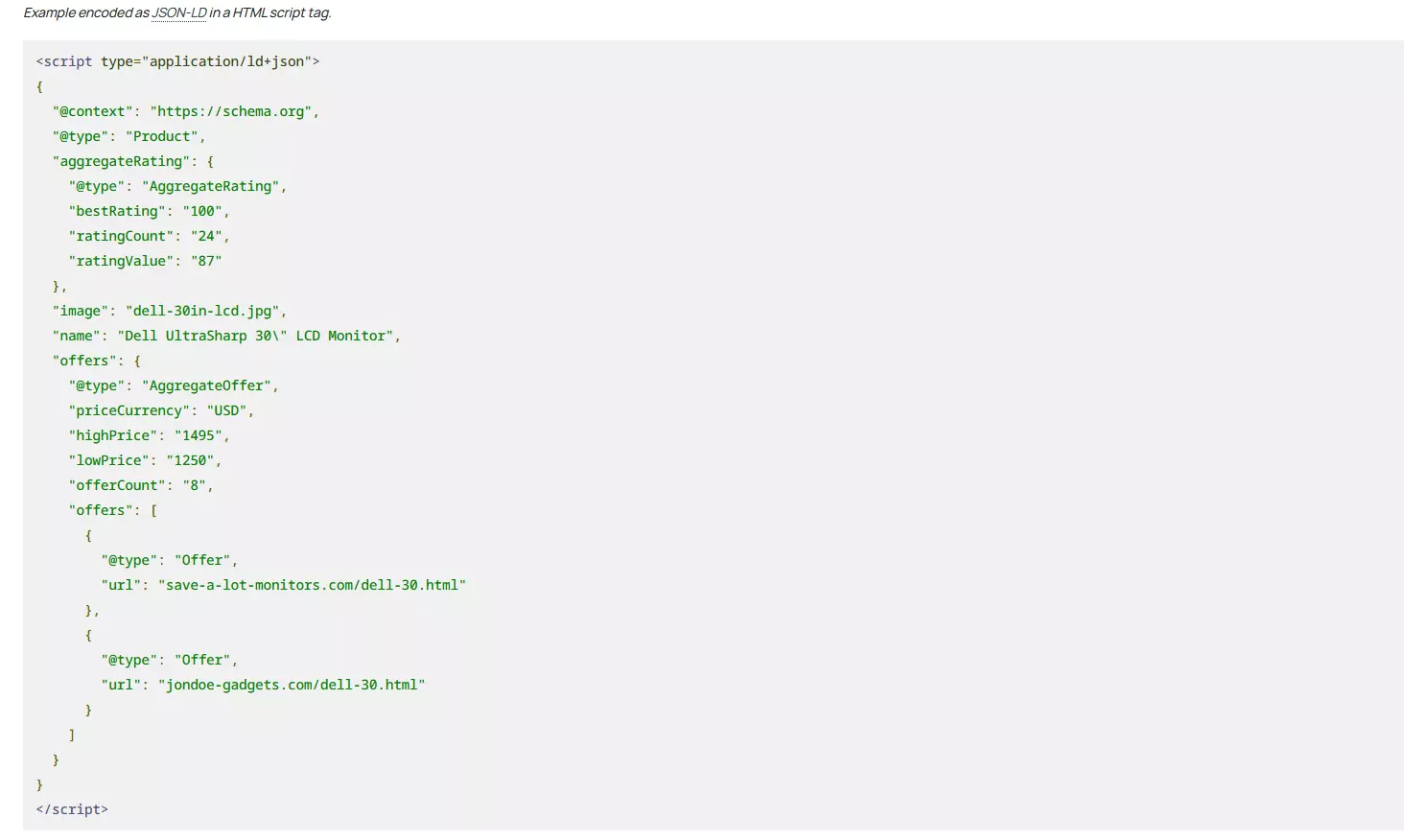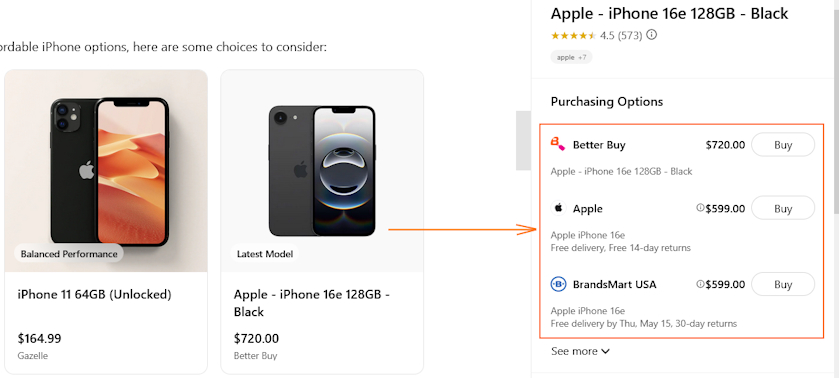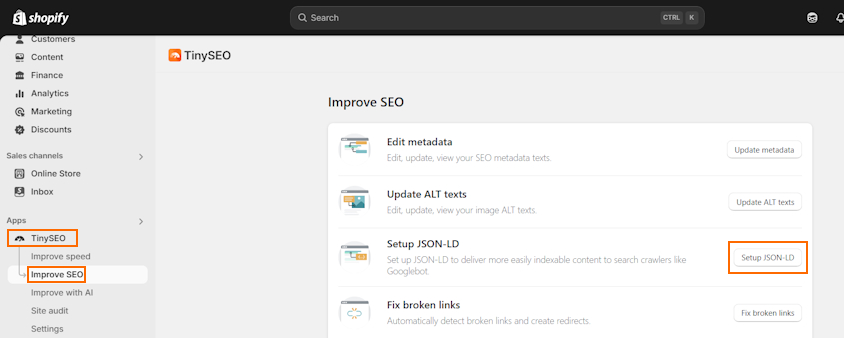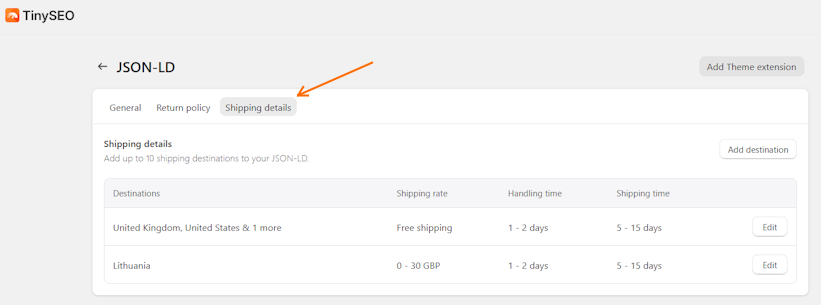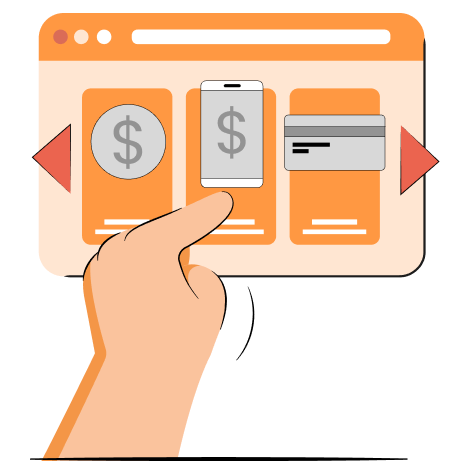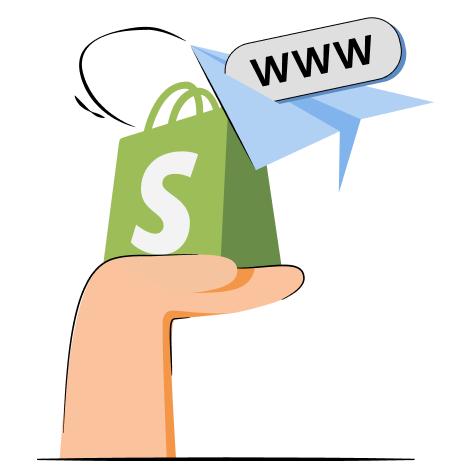OpenAI has rolled out the ChatGPT Shopping functionality which provides users with personalized, rich product recommendations. And with developers finding Shopify code strings in OpenAI’s bundles, there’s a possible ChatGPT integration with the platform’s checkout in the works.
Unlike traditional search engines, companies won’t be able to pay for placement or deliver ads on ChatGPT for now. All recommendations are based on user intent, brand authority, and structured data, so it’s important to start preparing.
If you want your products to come up in AI listings, read further as I outline everything Shopify merchants need to know about ChatGPT Shopping and how to prepare your store.
What is ChatGPT Shopping?
The ChatGPT Shopping integration is a new feature that helps users find specific product recommendations straight on ChatGPT. The results include rich product carousels with such product details as images, pricing, and links.
Let’s say a ChatGPT user asks “What are some good computers for gaming.” The chatbot will provide a list of products that meet the criteria. Here’s a visual example of what it could look like:
According to OpenAI’s statement, products will be chosen independently. This means recommendations will be based on the user’s query and will not display ads or enable pay-for-placement.
How ChatGPT Shopping works for Shopify stores?
ChatGPT Shopping listings will largely depend on user queries, so merchants must understand how the feature works to be able to conquer lists. Let’s review everything you need to know about ChatGPT Shopping rankings.
1. How ChatGPT selects products
ChatGPT selects products based on the user’s intent, including the query and provided context.
For example, a user requests ChatGPT to help find a “long bridesmaid dress with long sleeves.” Naturally, the bot will look for occasion-specific dresses with long sleeves, but it will also consider general details, such as ratings, reviews, and prices.
Here are all the aspects that ChatGPT considers for Shopify products:
- Structured product data. The bot uses structured information, such as title, price, or description, from Shopify.
- Model ChatGPT responses. Before getting real-time recommendations, the bot may deliver an answer based on its own knowledge.
- Memory. ChatGPT may also use information stored in memory to deliver more accurate suggestions tailored for an individual user. For example, if a user has stated that they hate the color pink in the past, the bot may take it into account and not recommend clothing pieces in such color.
- Safety standards. OpenAI will apply filters to identify any products that violate safety standards to ensure it only recommends appropriate and safe options.
2. Product information
To create product recommendations, ChatGPT will use your product information, such as name, price, description, link, and specifications. The bot will pull the details using structured data on your Shopify store – information about your products presented in a clear and machine-readable format.
Here’s an example of how it could look like:
Adding structured data can be challenging if you’re not familiar with coding. That’s why I recommend using the TinyIMG app which automatically generates structured data for all of your products.
3. Ratings and reviews
ChatGPT will review your Shopify product ratings and real customer reviews to provide better recommendations. A few things to note:
- Feature labels. The bot may feature product labels, like “customer favorite.” These labels aren’t necessarily verified. Instead, ChatGPT generates this information based on available information, including customer reviews.
- Review summaries. ChatGPT may use your Shopify store’s customer reviews to generate a summary of what users generally liked and disliked about the product.
- Ratings. Your Shopify product ratings will be taken from external sources – not generated or verified by OpenAI.
4. Product pricing system
ChatGPT Shopping functionality may show your product pricing in its results, which it will pull from Shopify. However, when users click on the product, they may also see offers from your competitors that are selling the same item.
What I found to be good news is that the bot won’t necessarily list the merchant with the cheapest price available as first. So, small Shopify business owners can still focus on providing high quality and excellent customer experience.
However, competitive pricing will still play an essential part considering that users can compare it side by side.
Note: Updated product pricing information may take time to reflect in the bot, so there could be some delays. If you find any information that is false, you can leverage OpenAI’s Report Content form.
How to prepare your Shopify store for ChatGPT Shopping?
If you want your Shopify store to conquer ChatGPT Shopping results, you have to start preparing. Let’s review what you can do right now.
1. Enable the OAI-SearchBot
The OAI-SearchBot is OpenAI’s web crawler that scans websites and indexes their content so they could appear in ChatGPT Shopping results.
By default, Shopify has all crawlers enabled. But you can double check it in your Shopify robots.txt file. Here’s a quick guide on how to do it:
1. Open your robots.txt file by adding “/robots.txt” to your domain (like https://example-store.com/robots.txt).
2. Look for rules blocking the OAI-SearchBot or all crawlers (the “oai-search” would be replaced with an asterisk “*”), which would look like this:
User-agent: oai-search
Disallow: /
3. If you locate OAI-SearchBot blocks, then unblock it by going to Shopify Admin > Online store > More > Edit code and finding your robots.txt file.
4. If only OAI-SearchBot is blocked, replace the “Disallow” rule for “User-agent: oai-search” with “Allow.” If all crawlers are blocked and you want to enable OAI-SearchBot only, add this rule before the general block:
User-agent: oai-search
Allow: /
Once you save the code, ChatGPT will be able to crawl your site.
2. Sign up for the product discovery form
Although product feed submissions aren’t live yet, you can sign up using the product discovery form. This will ensure you get notified when submissions open up and can stay ahead of the game.
3. Start preparing your Product Feed
Since ChatGPT Shopping ranks products using structured data, you can already start preparing organized information about your Shopify products.
There are two ways to add structured data to Shopify – automatically and manually. The easiest way is to get a Shopify app, such as TinyIMG, which will let you easily insert data about your store and products.
Here’s a quick guide on how to do it:
- Install a structured data app from Shopify. I recommend TinyIMG.
- Go to Improve SEO > Set up JSON-LD.
- Click “Add theme extension” and press “Save” in the Shopify theme editor to enable the feature.
- Insert the information about your business, return policy, and shipping. TinyIMG will pull data about your products automatically.
You can also choose a review app from the list under the feature that already works with TinyIMG’s structured data setup.
If you’re confident with coding, you can add structured data manually by going to Shopify Admin > Online store > More > Edit code.
4. Optimize your product pages
ChatGPT Shopping relies on brand authority, user trust, and clear product information to give recommendations. So, here are a few tips for optimizing your pages for ChatGPT Shopping listings:
- Improve content. Review your product titles, descriptions, images, pricing, and specifications to ensure that everything is clear, factually correct, and up to date.
- Build brand trust. Since ChatGPT won’t be using advertising in its Shopping functionality, make sure you build up your reputation through accurate content and real reviews.
- Optimize for SEO. While Shopify SEO optimization doesn’t directly affect ChatGPT listings, optimized titles, structured data, and keyword-rich descriptions or alt texts can improve data interpretation by AI. Plus, strong SEO helps build brand authority, which ChatGPT considers.
OpenAI and Shopify partnership
OpenAI announced in a LinkedIn post that they’re rolling out the ChatGPT Shopping functionality. With this news came the rumour of the ChatGPT and Shopify integration.
Researchers from the Testing Catalog have noticed that ChatGPT’s public web bundle includes new code strings, such as “shopify_checkout_url,” “product-offer ratings,” and others. This implies that ChatGPT may have a direct integration with Shopify’s checkout, meaning that users will be able to complete the purchase straight in the chatbot.
Additionally, the leaked internal memo of Shopify CEO Tobias Lütke which he later shared on X showed that Shopify is moving towards an AI-first approach. This could further confirm that the company is looking for ways to integrate with AI.
Future of ChatGPT Shopping
ChatGPT is transforming from a simple chatbot into an AI-driven shopping assistant. And Shopify could become an integrated part of it by routing purchases through its checkout.
For consumers, ChatGPT Shopping creates a highly personalized experience. Meanwhile, Shopify merchants get access to a new sales channel with a huge user base that could end up becoming a full-fledged tool for product discovery, checkout, and even support.
Some merchants express concerns regarding ChatGPT’s ranking system. It could potentially favor well-known brands and undermine fair competition for small businesses. So, while ChatGPT could redefine consumer buying habits, its success may depend on how it ensures fairness and convenience.

Frequently asked questions
To get ranked in ChatGPT Shopping, ensure your store has clean and error-free structured data for all products. Focus on improving individual product pages in terms of content and structure to build brand authority and user trust.
ChatGPT Shopping is ad-free, meaning there will be no option to integrate ads into its recommendations. The bot will select products independently based on the user queries.
Yes, focusing on ChatGPT Shopping can help promote your products to more people. The biggest plus is that, unlike search engines like Google, ChatGPT can analyze language more in-depth, ensuring more accurate recommendations for even very specific queries.

